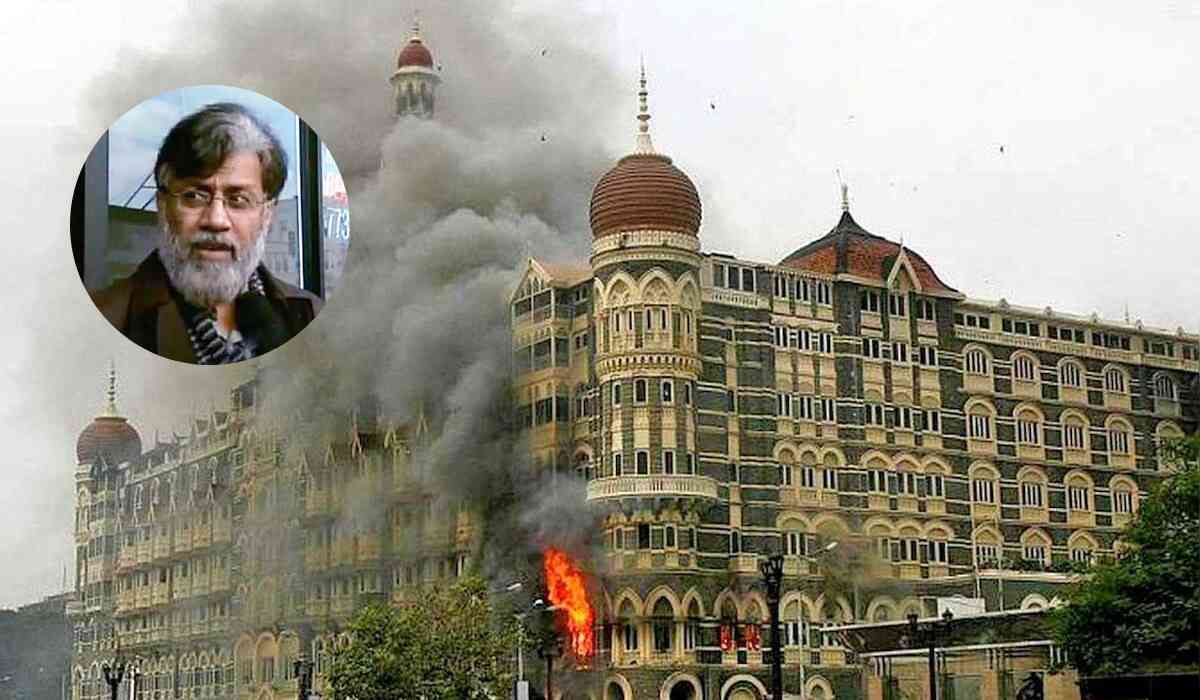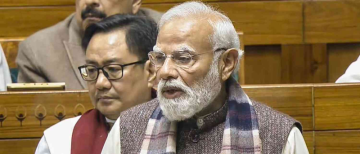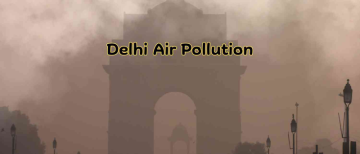Nearly 16 years after the 2008 Mumbai terror attacks, Tahawwur Hussain Rana—the Pakistani-origin accused with deep ties to Lashkar-e-Taiba (LeT)—is being extradited from the United States to India. The development marks a watershed moment not only in India’s quest for justice in the 26/11 case but also in the evolving cooperation between New Delhi and Washington on counterterrorism and legal cooperation.
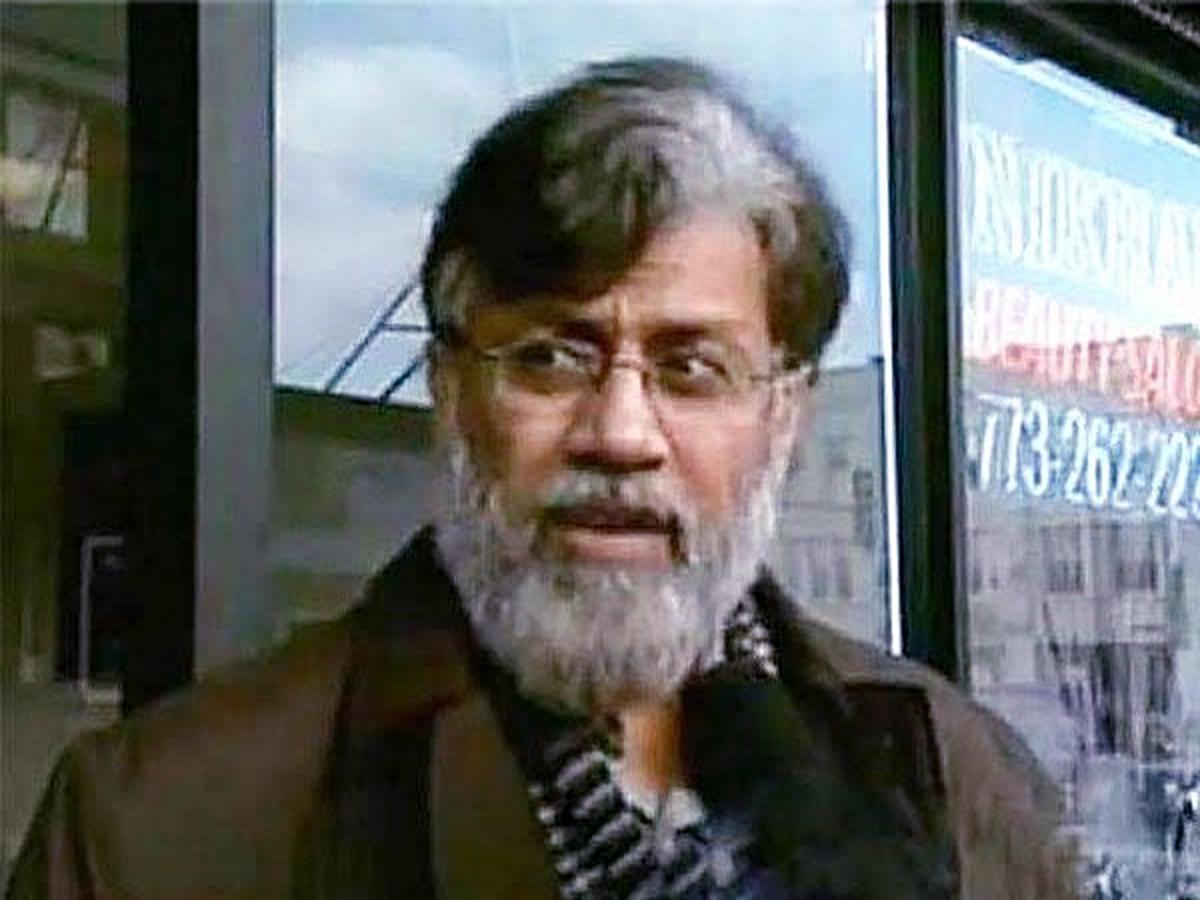
Who is Tahawwur Rana?
Tahawwur Hussain Rana, 64, is a Pakistani-origin Canadian national who ran an immigration services firm called First World Immigration Services, with offices in Chicago and Mumbai. His business provided a crucial front for David Coleman Headley—a Lashkar-e-Taiba operative and one of the principal architects of the 26/11 attacks—to conduct reconnaissance missions across Mumbai.
Rana and Headley, who were schoolmates in Pakistan, were arrested in the US in 2009. While Headley struck a plea deal with the US that protected him from extradition to India, Rana has been fighting a prolonged legal battle to avoid the same fate—until now.
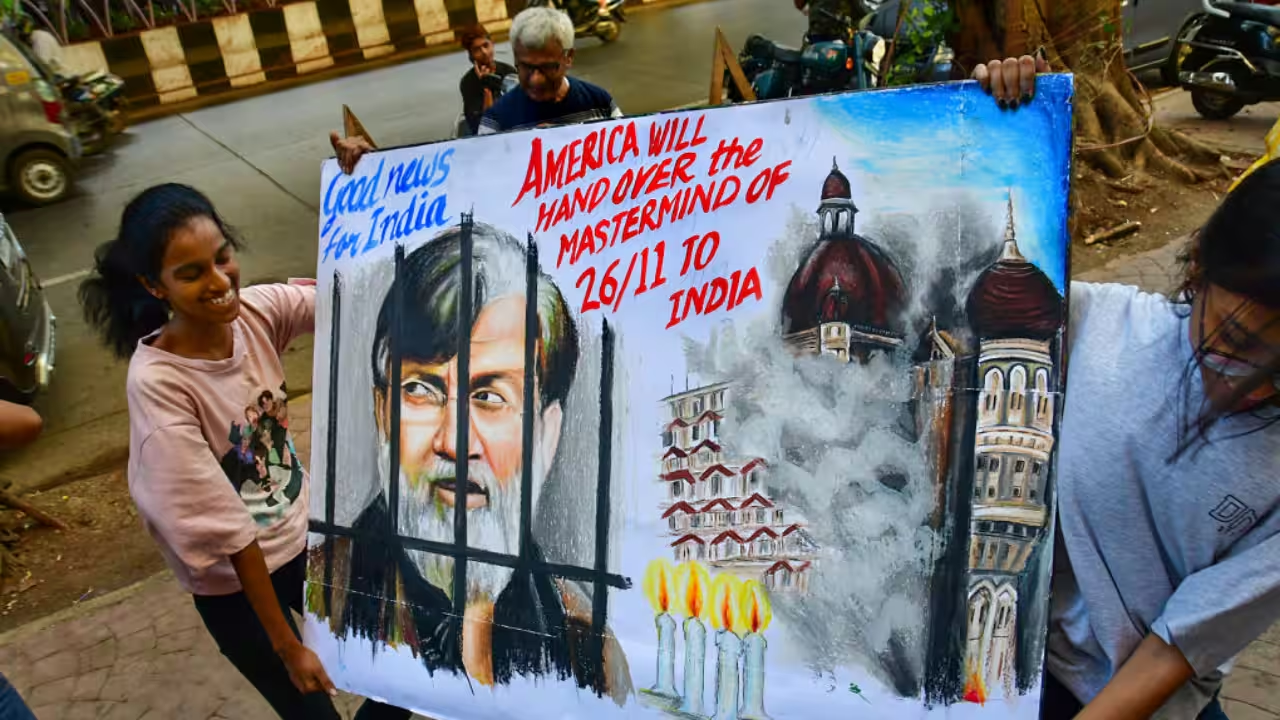
Legal Journey: A 15-Year Extradition Battle
Arrest and Conviction in the US
Rana was arrested in October 2009 in Chicago. He was charged with providing material support for terrorism, specifically in relation to the 2008 Mumbai attacks and a separate plot targeting the Danish newspaper Jyllands-Posten, infamous for publishing cartoons of the Prophet Muhammad.
While a US federal jury acquitted him of charges related to the Mumbai attacks, it convicted him on two other counts: providing material support for the Jyllands-Posten plot and to the terrorist group Lashkar-e-Taiba. In January 2013, he was sentenced to 14 years (168 months) in prison.
Rana was released on compassionate grounds in June 2020, but within a day, a California Magistrate Judge signed a provisional arrest warrant at India’s request, triggering the extradition process.
Legal Appeals and Final Rulings
Over the next few years, Rana attempted to block extradition through multiple legal mechanisms:
-
May 16, 2023: A US magistrate judge rejected Rana’s primary defense of “double jeopardy”, which argued he couldn’t be tried again in India for charges already adjudicated in the US.
-
August 2023: The US District Court denied his habeas corpus petition.
-
November 2024: Rana filed a writ of certiorari in the US Supreme Court, which was rejected on January 21, 2025.
-
March 2025: After US President Donald Trump formally approved the extradition during a joint appearance with Indian PM Narendra Modi, Rana filed a last-minute emergency stay application—which was also denied.
In his final plea, Rana argued that as a Muslim of Pakistani origin, extradition to India would put him at serious risk of torture, violating US laws and the UN Convention Against Torture. However, the US Supreme Court dismissed these concerns, clearing the path for his extradition.
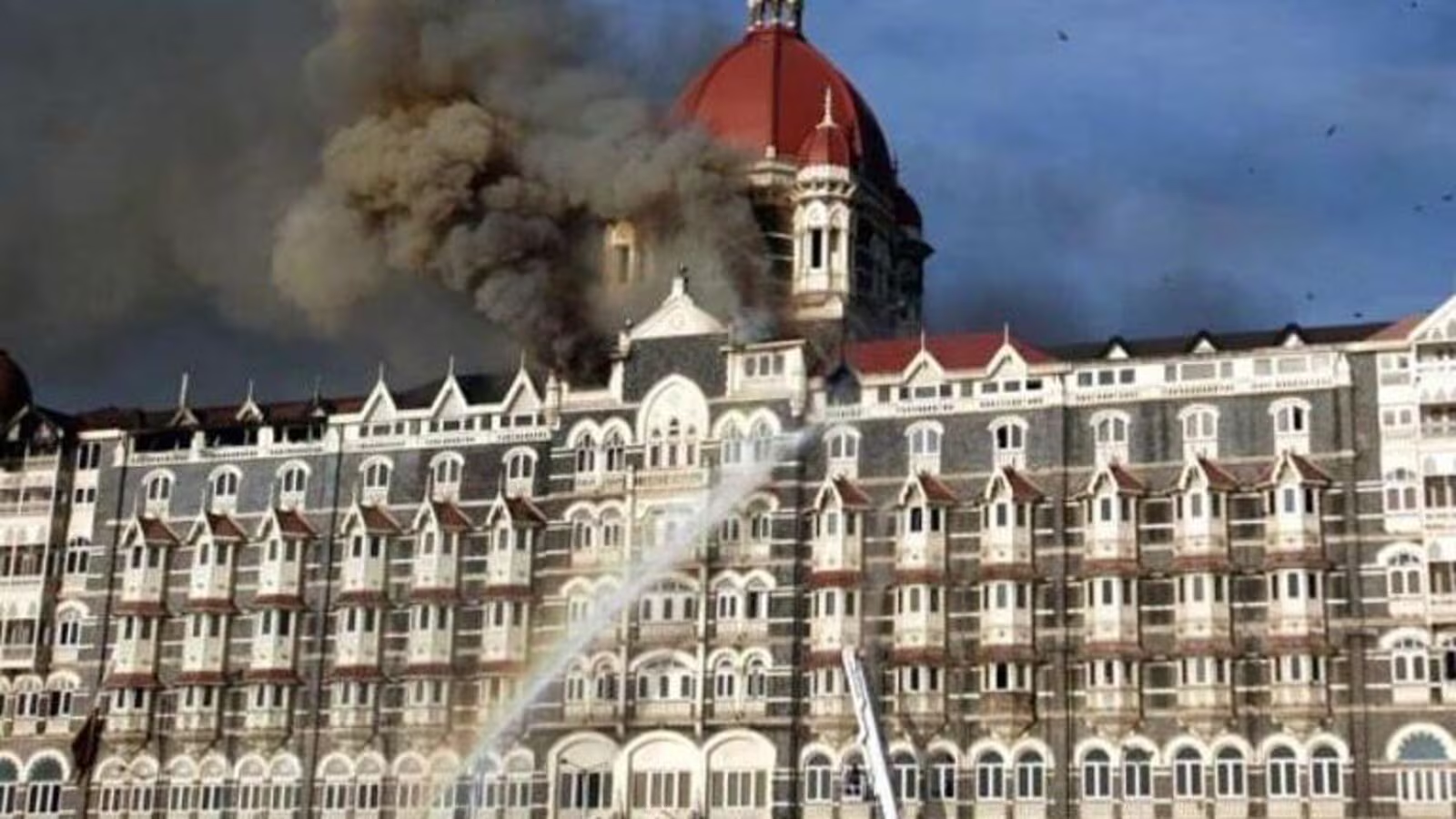
Intelligence and Security Operations Behind the Scenes
According to officials in India’s Ministry of Home Affairs (MHA), a high-level delegation comprising three senior officers from the National Investigation Agency (NIA) and three intelligence officials reached the US in early April 2025. Their mission: take custody of Rana and oversee the complex extradition logistics.
A surrender warrant, the legal instrument required under US law to hand over a fugitive, had been finalized. Once received, the NIA team boarded a special aircraft arranged to transport Rana to India. The aircraft is expected to stop at an undisclosed location en route to New Delhi, where Rana is likely to be lodged in Tihar Jail’s high-security ward.
Security officials have already begun CCTV installations and 24×7 monitoring protocols for his cell, which will include an in-built bathroom. Tihar authorities are reportedly treating the matter with the highest level of confidentiality and precaution.
The entire operation is being overseen by National Security Advisor Ajit Doval, with continuous coordination among the NIA, Intelligence Bureau (IB), Ministry of External Affairs (MEA), and senior MHA leadership.
Political Coordination and Strategic Implications
Ahead of Rana’s arrival, Union Home Minister Amit Shah convened a top-level strategic meeting with External Affairs Minister S. Jaishankar, NSA Ajit Doval, Foreign Secretary Vikram Misri, IB Director Tapan Deka, and NIA Director Sadanand Date. The meeting focused on logistical, legal, and diplomatic arrangements for receiving and interrogating Rana.
Jaishankar, speaking at the News18 Rising Bharat Summit, said, “We welcome the decision of the American legal system.”
This extradition also underscores the political resolve between New Delhi and Washington to deepen anti-terror cooperation. Rana is one of the only three alleged terrorists ever extradited from the US to India, following the extradition of Khalistani militants Charanjeet Singh Cheema and Kulbeer Singh alias Barapind in 2005 and 2006, respectively.
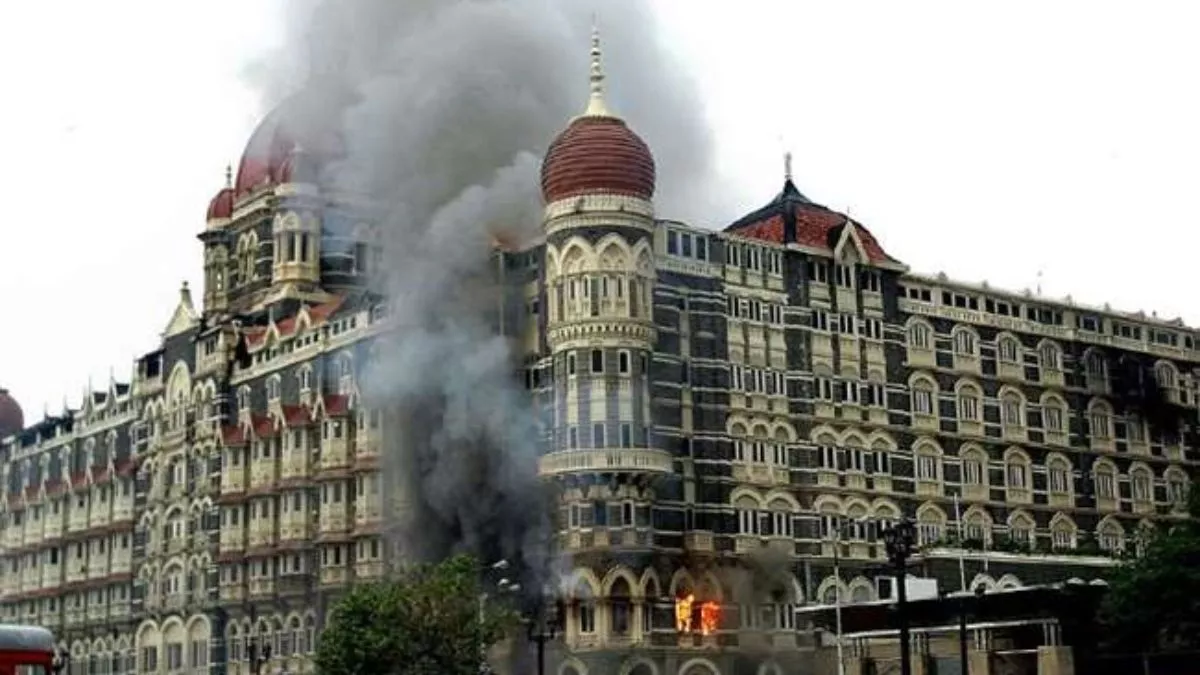
The India-US Extradition Treaty: Legal Framework in Action
Signed in June 1997, the India-US Extradition Treaty provides the legal infrastructure for transferring individuals charged or convicted of serious crimes. A crime qualifies as extraditable if it is punishable by more than one year of imprisonment in both countries. Exceptions include purely political offences, though crimes such as terrorism, assassination, hostage-taking, and hijacking do not qualify as “political” under the treaty.
In Rana’s case, while some charges—like membership in a terror organization—didn’t meet the “dual criminality” threshold, others like material support to terrorism did. This allowed US prosecutors to clear his extradition, asserting there was “probable cause to believe Rana committed the offences”.
Rana’s “double jeopardy” defense was rejected by the US courts on the grounds that the Indian charges differed legally from those in his US trial, making a second prosecution legitimate under international law.
Despite having extradition treaties with 48 countries and arrangements with 12 more, India has historically struggled to bring back fugitives. As of 2023, 65 Indian extradition requests remain pending with the US, and high-profile cases like David Headley’s were rejected outright due to plea deals that barred extradition.
What Happens Now? The Road Ahead for Indian Agencies
Once in India, Rana will initially be held under judicial custody before being presented to a Delhi court, where the NIA is expected to seek custodial interrogation.
The NIA has already obtained permission to transfer the case jurisdiction from Mumbai to Delhi, but as part of its investigative process, Rana will be taken to Mumbai. His company, First World International, had an office there and served as a key logistical base for Headley’s reconnaissance operations in 2008.
This will be the first time Indian investigators get to directly question Rana. In 2010, an Indian team had questioned Headley in the US, but Rana was never made available for interrogation at the time.
Indian agencies are particularly focused on extracting intelligence about:
-
Pakistani state actors involved in the 26/11 plot,
-
ISI officers who allegedly coordinated with LeT operatives,
-
Financial channels used for the attacks,
-
Any previously undisclosed co-conspirators still operating from Pakistan.
A Milestone in India’s Fight Against Terrorism
Tahawwur Rana’s extradition is not just a legal victory but a symbol of India's relentless pursuit of justice for the 166 victims of the 2008 Mumbai attacks, including six Americans. It highlights the maturing Indo-US strategic partnership, particularly in areas of counterterrorism and judicial cooperation.
While it took over 15 years of international legal maneuvering, political negotiation, and covert intelligence operations, Rana’s return represents a pivotal moment in India's long-standing demand for accountability in the 26/11 case.
As the National Investigation Agency prepares for what could be a game-changing interrogation, the focus now shifts to uncovering more truths about the cross-border conspiracy that held Mumbai hostage for 60 terrifying hours in November 2008.
With inputs from agencies
Image Source: Multiple agencies
© Copyright 2025. All Rights Reserved Powered by Vygr Media.

